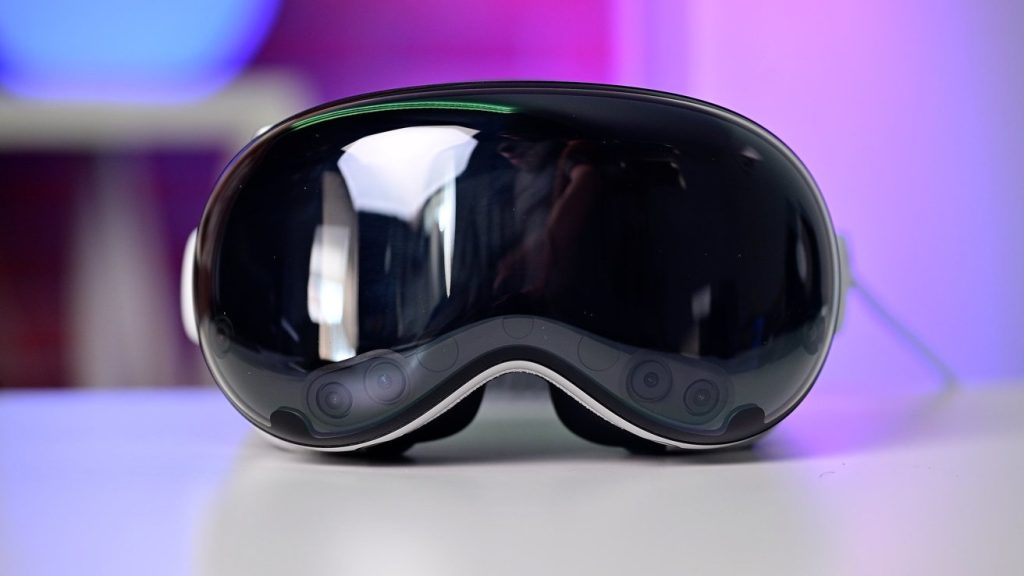With Spatial Widgets on Apple Vision Pro, Apple will replace what used to live on your walls with what lives in your headset.
Apple is turning the world around you into the next interface. The company introduced spatial widgets in visionOS 26, announced at WWDC 2025.
Vision Pro users can now pin interactive elements like clocks, music controls, weather panels, and photo galleries directly into their physical space. These widgets float where you put them and stay there, reappearing each time you wear the headset.
Widgets have been a part of iOS and macOS for years, offering glanceable data on phones, tablets, and laptops. With visionOS 26, they leave the screen behind and enter the room.
Each widget is customizable in size, color, depth, and layout. When you set one up, Vision Pro remembers where it goes. The next time you use the headset, everything is exactly where you left it.
The visionOS 26 update marks a clear step toward persistent spatial computing. These widgets are meant to be part of your space.
The Photos widget becomes a panoramic display that wraps around your field of view. Apple calls it a “window to another space.” The Clock widget offers multiple face styles that can be pinned to a virtual wall.
The Weather widget updates automatically based on your location and time of day, while the Music widget gives you instant access to Apple Music content in a floating, spatially aware interface.
The experience of using spatial widgets looks natural based on Apple’s video. But it raises questions about how digital environments are changing the way we relate to physical ones.
Watching the WWDC demo brought back a memory of a video where a man lived in a completely white apartment. The space had no art, furniture, or personality.
All of it was layered on through AR. His room only felt alive when he wore a headset. Without it, he was surrounded by blank walls.
Apple isn’t pushing that vision directly. Vision Pro is still shown in cozy, furnished homes. But when widgets handle information, memory, music, and ambiance, they start to play the role that physical objects do.
Vision Pro remains niche so far
The visionOS 26 update is available now in developer beta. A public release is expected in fall 2025. As more developers build spatial widgets, the headset might finally feel useful in quiet, everyday ways.
The end goal of AR/VR is an augmentation of reality. Digital things are overlayed on analog reality. As with all technology, it can be used for good or ill.
In a dystopian world, those spatial widgets could be advertisements. We could end up with a whole different reality. Apple won’t go down that path for now because it will be crucified if it did.
It’s easy to imagine evil futures where technology works against us, instead of for us. Apple has a decent track record — for a corporation.


